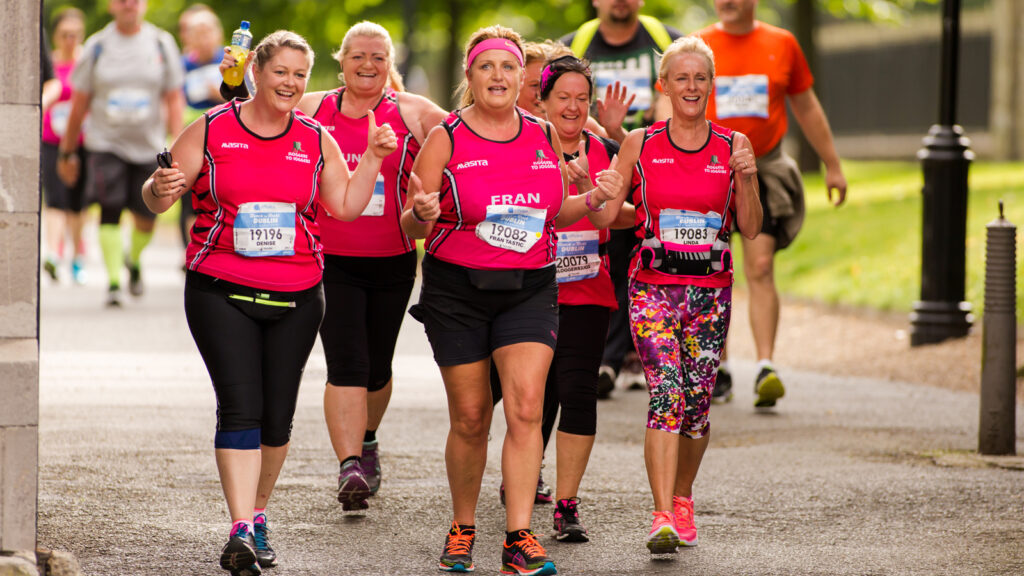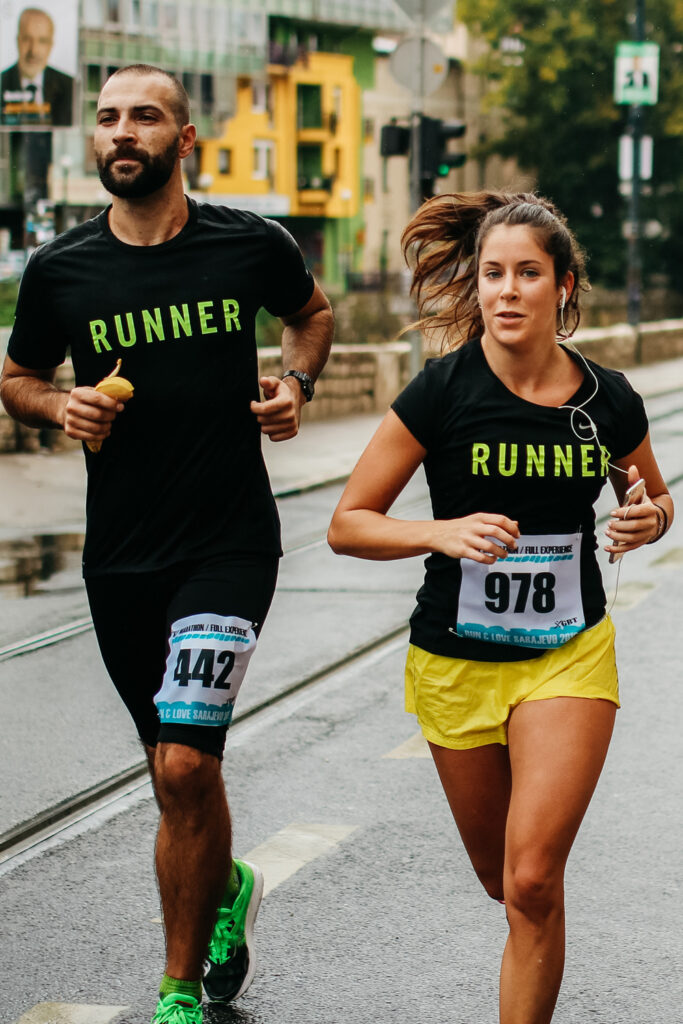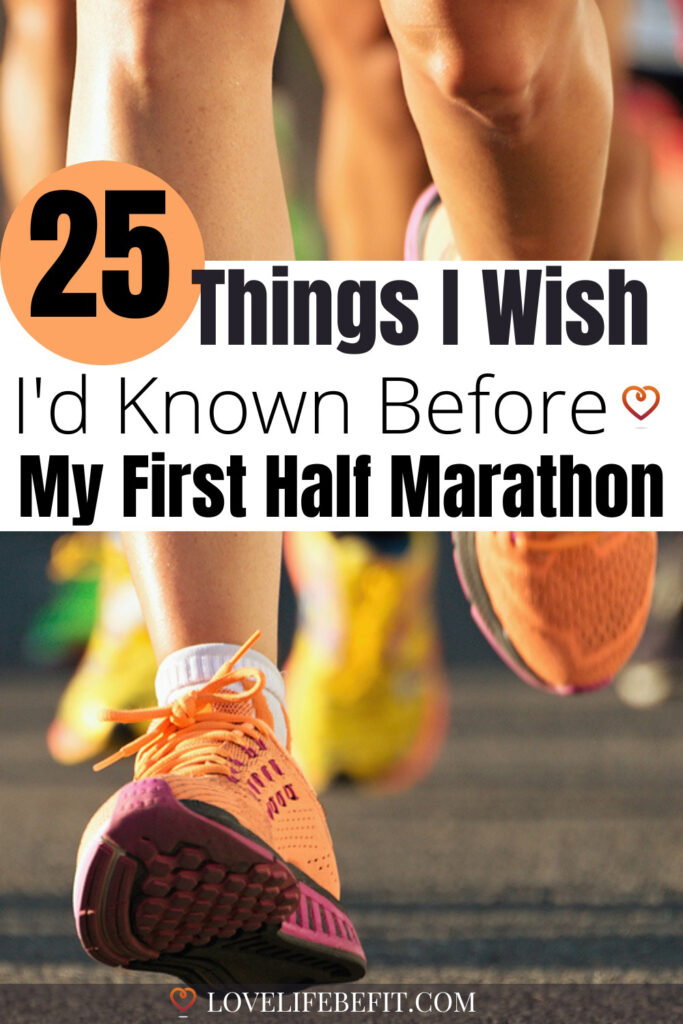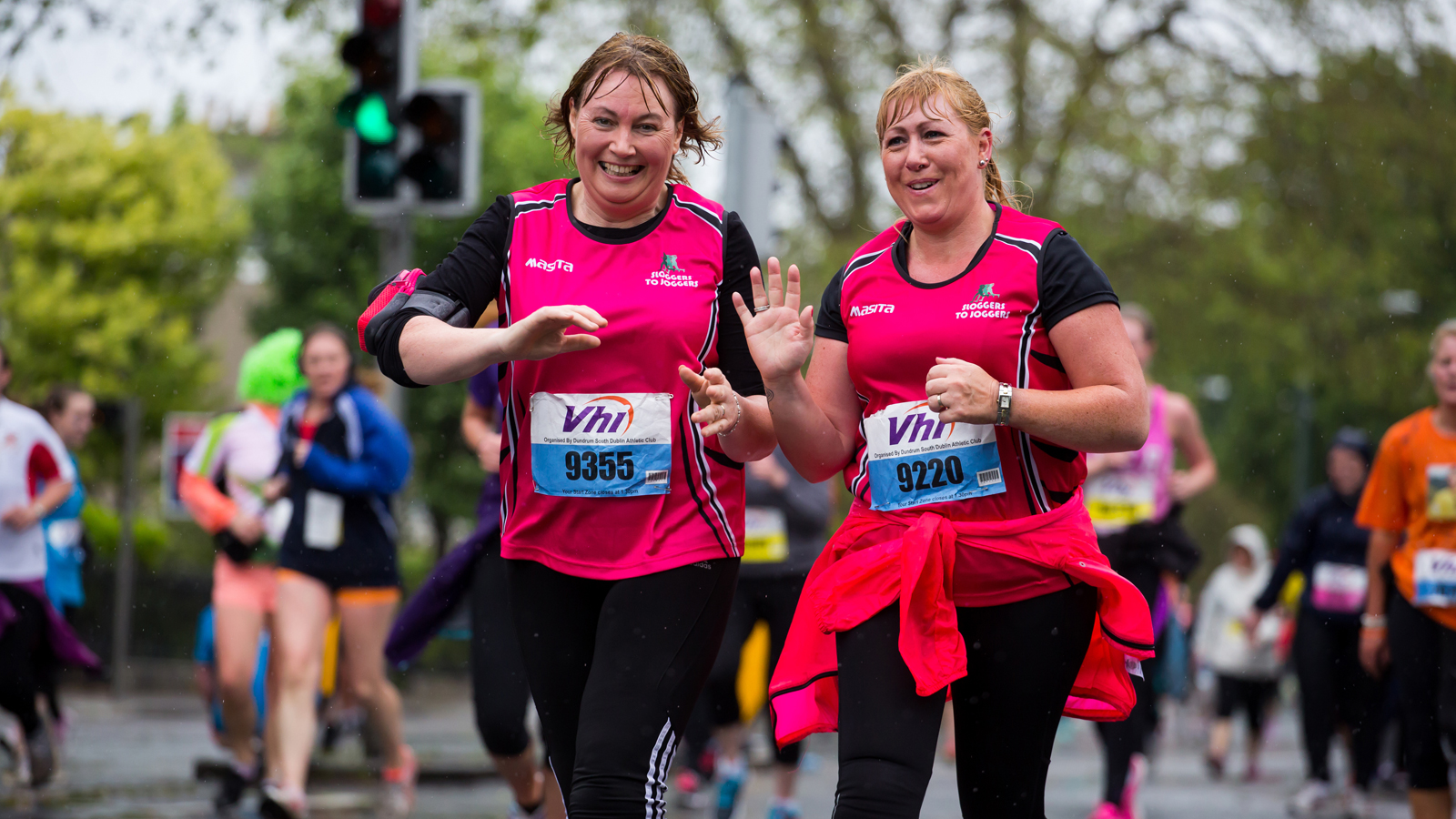First Half Marathon Tips: What I Wish I’d Known Before Mine
Your first half marathon is huge. It’s a massive achievement running 13.1 miles. Most people can’t run around the block.
Hopefully, you’ll love the whole experience – the training and preparation, the sweat and exertion of race day, and the euphoria of crossing the finish line.
But before you embark on your half-marathon journey, I want to give you some advice. These are tips I’ve learned over years of racing at all distances. Things I wish I’d known before my first half-marathon race.
My first half marathon was on an extremely hilly and challenging route. The race never seemed to end and I quickly regretted not training properly. I set off far too fast and the huge hills on the route seemed impossible to run up. I ended up walking up most of them.
But I finished! And it was the start of a love-hate affair with running on roads. I always tell myself I’m a trail runner or mountain runner, but there’s a little part of me that loves a good road run.
Enough about me. These first half-marathon tips will help you hit your running goal and make sure you’re fully prepared for race day.

25 Things You Need To Know Before Your First Half Marathon
A half marathon makes an ideal challenge. If you’re a beginner runner it’s easier to get your head around running 13.1 miles instead of trying to run a marathon.
It’s much kinder on your runner’s body. Training for a full marathon requires punishing long runs and it’s hard for a new runner to avoid overuse injuries.
With half marathon training, you can build up your leg strength and running speed and start improving as a runner. These top tips will get you over the finish line:
#1 Set Your Goals
It’s always best to know why you’re doing something. What will your successful half marathon look like?
- Are you raising money for charity and the aim is to make it to the finish line?
- Do you want to run continuously for the whole running route?
- Are you aiming to finish in a certain time?
If it’s a goal pace you’re chasing be honest with yourself. Is it realistic and is it achievable?
#2 Follow A Half Marathon Training Plan
This tip is essential! Don’t make my mistake and fail to train properly. A half marathon may not be as serious an undertaking as a marathon – but it will still feel a long way.
The right training plan will take you from your current fitness level to the runner you want to be standing at that start line. As it’s your first half marathon, I suggest you follow our Couch to Half Marathon Training Plan.
#3 Believe In Yourself!
The human body is amazing. You’re amazing! All you need to get through this challenge is some self-belief.
When the training runs feel hard, remember – you’ve got this!
#4 You Need Good Running Shoes
The wrong shoes can be a disaster. I wore some fashionable training shoes for mine and ended up with a badly sprained ankle. Don’t make my mistake!
Your running shoes need to be comfortable and supportive. Try and visit a local independent running store and get some advice.
Take a pair of running socks with you and tell the staff you’re training for your first half marathon. A good store will help you find the best shoes for YOUR feet and running style.
#5 And Comfortable Running Clothing
The great thing about running is you don’t need much kit. A supportive sports running bra is essential for women and it’s best to have wicking, anti-chaff running kit.
But this kit doesn’t need to be expensive – just a top and shorts or leggings will get you around your first half marathon.
If you suffer from blisters, proper running socks are a good idea instead your day-to-day cotton sports socks, and if you’re training in all weathers, and most runners will be, you’ll need a weatherproof running jacket.
You can splash out on a GPS watch, a running belt for your gels, and all sorts of fancy kit – but it’s not essential. For your first race, you can time your training runs using your phone.

#6 Choose An Easy Course
It’s your first half marathon, so it’s going to be a lot easier running on a flat course than following my example and running on one of the hilliest routes in the country.
Of course, sometimes you just enter your local half marathon and it’s only when you start training that you realize it has some massive hills… but at least try and find a flattish course.
#7 Stick To Your Training Plan
Assuming you’ve picked the right training plan, one that’s not too ambitious and will just get you around the course in a reasonable time – stick to the plan.
Try not to miss sessions. Sometimes it’s okay to move sessions around to fit your schedule, but ensure you get sufficient rest between hard sessions.
#8 Keep A Training Log
You can use an app on your phone or go old school with a printable training log. For important events, it can be good to use pen and paper to easily plan your week ahead and keep notes on how your runs went.
#9 Run Hills Or Don’t
Make sure your training matches the course you’ll be running on during the race. If your course has big hills – train for big hills. If it’s a fast and flat course – train on the flat.
Trail half marathons are very popular and it can feel very different to running on roads. So if you’ve entered a trail half marathon – get some off-road running in your legs before race day.
#10 Be Prepared To Run In All Weathers
When you’re following a training plan, a little rain isn’t an excuse to skip a training day. You can always train on a treadmill if the weather is really bad but most of the time you’ll be out running in rain, wind, or sunshine.
It will toughen you up as a runner and you’ll quickly realize that the worse thing about the weather is getting out of the front door – running in the rain can be fun!
#11 Tune Into Your Body
It helps to be self-aware when you’re a runner and tune into how each part of your body is feeling. If you get persistent niggles, get checked by a physiotherapist or suitable health professional before they become full-blown injuries.
Listen to your body and respond accordingly. If you’re feeling tired or sore from a previous training session, you may need an extra rest day. It’s worth it if it means staying injury free.
Sometimes you just need to start your warmup and then reassess how you feel. Those tired muscles can ease off after a few gentle miles.
#12 Discover Strength Training
All runners benefit from strength training but especially new runners. For all runners strength training can improve your running economy and help you run faster, but for beginners, it helps to build the leg strength you need to avoid running injuries.
Adding 2 to 3 short 10-15 minute sessions of strength training to your schedule after an easy run will make a big difference. Try these bodyweight exercises for runners.
#13 Run With A Buddy
Joining a running group or running with a friend will help you stay motivated – and make the training more fun!
#14 Practice Running On Your Own
If you always train with other people, ending up running solo during a race can be daunting. Avoid panics on race day by training at least once a week on your own.
#15 Plan Your Training Routes
It helps to have some set routes planned in advance for your training sessions. If you don’t need to think about where you’re running – that’s one less mental obstacle to stop you from training.
Plan a variety of routes for different distances – mix things up instead of always running the same route to keep it interesting.

#16 Refuel Properly
Good nutrition and rehydrating are essential when you’re training hard. Running isn’t an excuse to eat everything in sight. If you’ve started running for weight loss, beat hunger by filling up on nutritious food. Find out more with these running for weight loss tips.
For half-marathon training, water is sufficient for rehydration except on long runs. Just make sure you drink water adequately before, during, and after your run.
Related post: How To Start Running When Overweight And Out Of Shape
#17 Be Aware Of How Long The Half Marathon Will Take
Beginner runners can expect to take between 2 hours 20 minutes and 3 hours to complete their first marathon. Of course, there will be exceptions, but these are typical times.
You’ll get a better idea of a completion time from your long runs and any shorter races, such as a 10K race you take part in during the build-up to your first half marathon.
Having some idea of how long the race will take will help you to mentally prepare for race day.
#18 Plan Your Race Day Nutrition – And Practice!
What you eat and drink on the actual day depends on your specific needs. It’s very individual and you need to experiment with gels, energy drinks, or bars on your long runs.
Some people will get through a half marathon with one gel and a sip of a sports drink. Most beginner runners will need a lot more.
Your nutrition for race day includes your breakfast and even what you eat the night before. Don’t try anything new!
#19 Have A Race Plan
Your plan for the actual race day needs to cover everything!
Think about:
- How are you going to get to the race?
- Where will you park?
- Is there a bag dump to keep your belongings safe?
- Do you need spare clothing at the start? For big races, some runners wear old tops and discard them when they start running. These tops are later collected for local charities.
- Where will you warm up? Some races organize a warm-up routine for all participants.
- What is your target race pace?
- Where are the drink stations? How will you stay hydrated?
- Will you be meeting friends and family at the finish line – how will you find them?
- What will you eat and drink after the race?
- How will you get home? Not all half-marathons start and finish in the same place.
#20 What Will You Wear?
What you’ll wear for the race will depend on the weather. If it’s a cold race, running shorts and a vest may be okay for top athletes but it’s going to get chilly if you’re running for 2 to 3 hours.
You can wear leggings and a long sleeve top under your running vest. Whatever feels comfortable for you. There’s a fine line between over-dressing and getting too hot and feeling cold during the race.
For running on a hot day, it’s a good idea to wear a running cap. Read these tips for running in the heat.
#21 You Don’t Need To Run 13.1 Miles In Training
Your longest run in training won’t be the full half-marathon distance. It doesn’t need to be.
Most training plans for a first half marathon set the longest run pre-race at 10-11 miles. Adrenaline on the day will get you over the last 2.1 miles.
Running the full-distance pre-race just adds extra fatigue and stress to your body. It isn’t necessary for a first half marathon.
On race day you’ll easily make it over the line based on your 10-11 mile long run.
#22 Start Slowly
The biggest mistake every new runner makes, (and some experienced runners), is setting off too fast. Slow down! For the first few miles keep your pace in check.
It’s so easy to set off too fast – even when you think you’re running slowly. Run too fast when the race begins and you’ll pay for it later!
#23 Give Yourself A Pep Talk
Many runners struggle with the voice in their head – it’s too hard, you haven’t done enough training…
On the starting line, give yourself a pep talk. You’ve got this! You’ve followed your training plan and put in the hard work.
#24 Celebrate
Crossing the finish line of your first half marathon is a huge achievement!
Enjoy every minute of it. Soak up the atmosphere and bask in that wonderful feeling of accomplishment. You’ve done it! Take some photos and celebrate with friends and family – you deserve it!

#25 Enter Your Next Race!
You may want to recover first, but once you’ve completed your first half marathon, don’t forget to enter your next race or start a new challenge. It could be running 5 miles a day, trying to run faster, or even entering an ultra race!
You’ve now got the running bug and there’s no going back!


